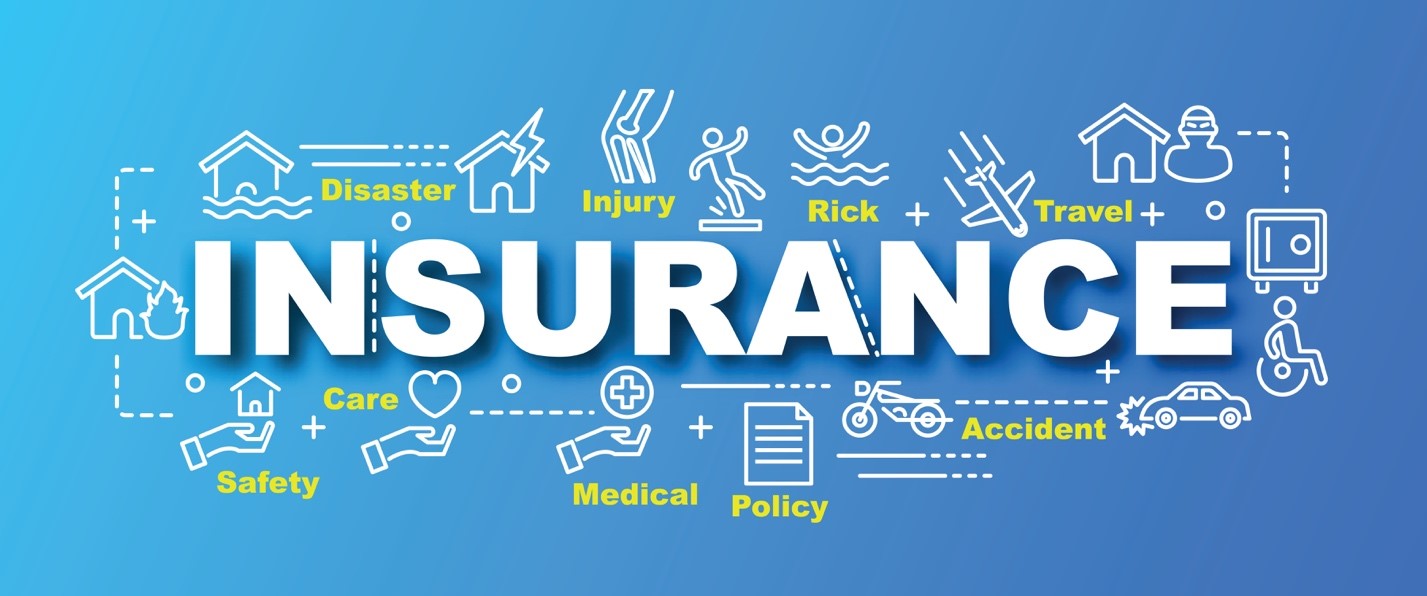What’s behind the rapid increase in car insurance rates
Auto insurance rates have been on the rise in recent years, leaving many drivers wondering what’s behind the increase. Whether you’re a cautious driver or someone who’s had a clean record for years, the rising costs can be frustrating. Here’s a closer look at the key factors driving the higher premiums:

1. Higher Repair Costs
Modern vehicles are more complex than ever, with advanced safety features, sensors, cameras, and expensive materials like aluminum and high-strength steel. While these features improve vehicle safety and performance, they also make repairs more expensive. A minor fender bender now could require costly repairs or replacements of sophisticated technology, and insurance companies are adjusting rates to reflect these rising costs.
2. Increased Vehicle Prices
New car prices have skyrocketed in recent years due to a combination of supply chain issues, chip shortages, and inflation. The higher the value of the vehicle, the more expensive it is to repair or replace it after an accident. Insurance premiums are partly based on the cost of replacing your car, so as vehicle prices go up, so do insurance rates.
3. More Expensive Medical Bills
Auto insurance often covers medical expenses in the event of an accident, and healthcare costs have been rising consistently over the past decade. Even if you’re in a minor accident, the medical bills can quickly add up, leading to higher payouts from insurance companies. To cover these costs, insurers raise premiums across the board.
4. Increased Frequency and Severity of Accidents
As driving returned to normal after pandemic-related restrictions were lifted, traffic volume surged—and so did accidents. More drivers on the road combined with riskier behaviors (like speeding and distracted driving) have led to an increase in accidents and more costly claims. This increase in accidents means higher rates, as insurers need to offset the higher likelihood of payouts.
5. Natural Disasters and Extreme Weather
Extreme weather events, such as hurricanes, wildfires, and floods, have become more frequent and severe due to climate change. These events can cause widespread damage to vehicles, and the insurance claims that follow can be costly. As a result, insurers have to raise rates to cover these unpredictable and often devastating events.
6. Rising Costs of Car Parts and Labor
The global supply chain disruptions have impacted the cost and availability of car parts, as well as the price of labor. Parts that used to be readily available are now in short supply, causing repair costs to rise. Whether it’s due to a microchip shortage or delayed shipments of replacement parts, these factors are making insurance claims more expensive for insurers to process, leading them to raise rates.
7. Inflation
Inflation affects nearly everything, and auto insurance is no exception. The general increase in the cost of goods and services means that it costs more to repair, replace, or maintain cars. As the cost of doing business rises for insurance companies, they adjust premiums to ensure they remain profitable while covering these rising costs.
8. Insurance Fraud
Fraudulent claims are another factor driving up rates. In some areas, staged accidents and inflated medical claims have become a growing problem. While insurance companies fight back against fraud, they often pass the extra cost onto customers in the form of higher premiums.
9. Changes in Insurance Models
Insurance companies are also adapting to new models for assessing risk. Many are incorporating more data-driven approaches, using factors such as driving habits or how much you drive (via telematics) to calculate premiums. These updated models may lead to higher rates for some drivers, especially if they fall into riskier categories or drive more frequently.
How to Handle Rising Premiums
Though it may seem like auto insurance rates are out of your control, there are steps you can take to manage or reduce your premiums:
- Shop Around: It’s always a good idea to compare quotes from different insurers to make sure you’re getting the best rate.
- Adjust Your Coverage: If your car is older or its value has decreased, you may be able to drop comprehensive or collision coverage to save money.
- Increase Your Deductible: A higher deductible can reduce your premium, but make sure you’re financially prepared to cover the out-of-pocket costs in case of a claim.
- Look for Discounts: Many insurers offer discounts for safe driving, bundling policies, having anti-theft devices, or even good student discounts.
- Drive Less: If possible, reducing your mileage can help lower your premium, as insurance is often based on how much you drive.
While the reasons behind rising auto insurance rates may seem complex, being proactive about your coverage and shopping around for the best deal can help ease the financial burden. Stay informed about the factors that influence your premiums so you can make smart decisions about your insurance moving forward.
